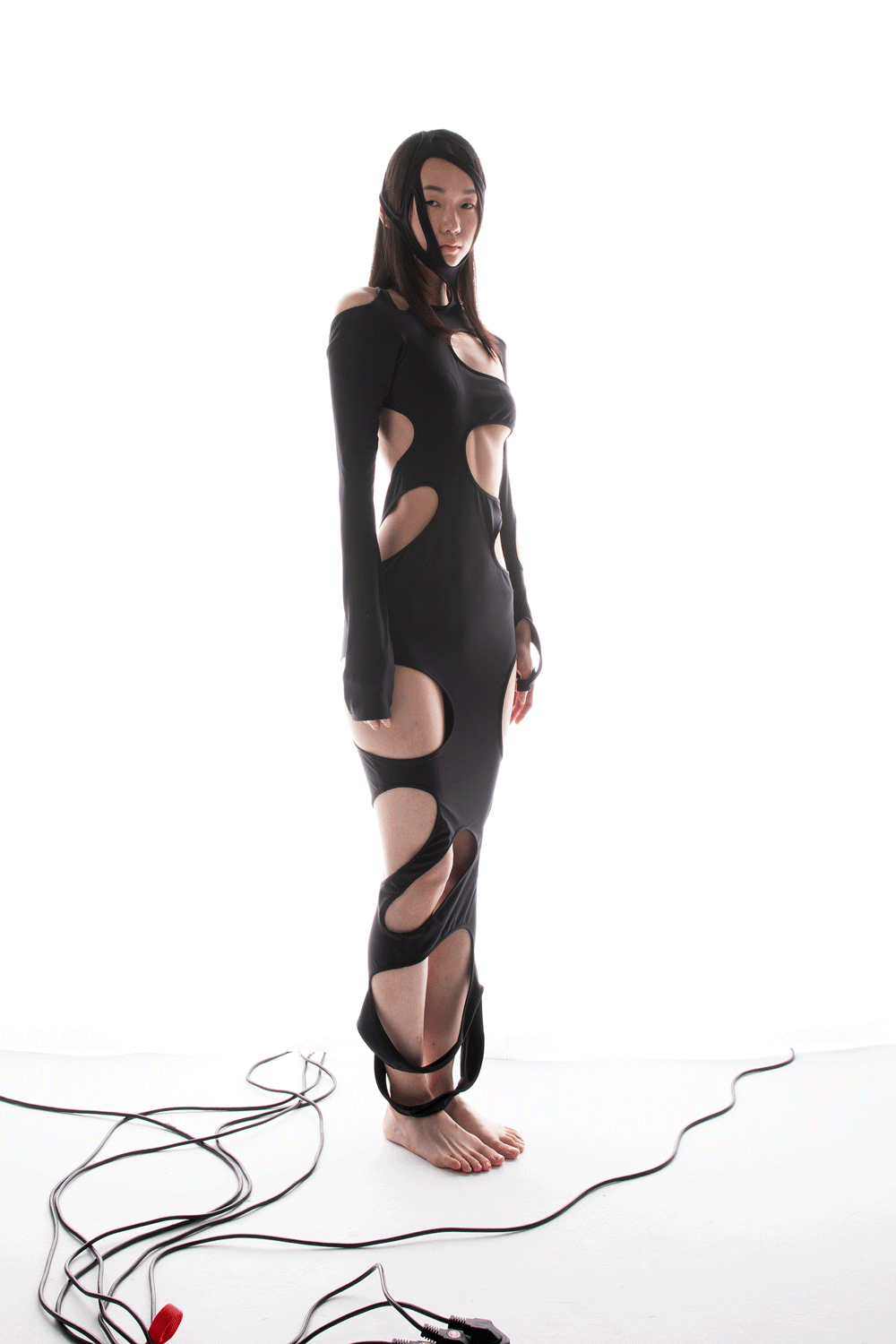At this year’s VivaTech in Paris, amidst the usual deluge of generative AI hype and Western DTC automation tools, a quieter but far more structural shift was on display — one driven by a cohort of Korean and broader Asian startups rethinking fashion technology from the ground up.
While many Western fashion-tech exhibitors leaned into surface-level AR filters, customer engagement gamification, and retail media plays, Korean startups brought full-stack systems: AI-assisted design workflows, 3D sampling tools, sustainable digital textiles, and vertically integrated virtual try-on platforms — all built for speed, scalability, and export.

Korean fashion startups are experiencing a surge in popularity and success, fueled by the global rise of K-fashion and the adoption of innovative technologies. Startups like Musinsa, a leading fashion marketplace, and KREAM, an online reselling platform, are gaining significant traction. Additionally, sustainable fashion initiatives and brands focusing on unique designs, such as Subin Hahn Fluidwear and Danha, are also contributing to the vibrant Korean fashion landscape
.gif)
Source Photo: VOGUE
Design Tech Built for Efficiency, Not Theatre
Unlike Western solutions designed primarily for customer-facing engagement, Korean startups such as Designovel and Aivelabs are embedding AI directly into the backend of the fashion lifecycle.
At their booths, live demos showed how product ideation, trend forecasting, and tech pack creation can be fully automated using large vision-language models trained on historical fashion data. This isn’t AI for Instagram likes — it’s AI for SKU optimization.
3D Sampling and Fit Simulation at Manufacturing Grade
Korean exhibitors such as Dotmill, Openplan, and Looxid presented modular solutions enabling brands to move from physical to digital sampling — not just as a marketing tool, but as a replacement for early-stage physical prototyping. Their platforms integrate 3D CAD, avatar testing, and physics-based fit simulations that can plug directly into production and sourcing workflows.
Crucially, these systems are engineered with manufacturing precision — not just visual fidelity — a key distinction that separates them from most Western AR try-on platforms.
Digital-First Brands Are Built, Not Marketed
Perhaps the most notable insight from VivaTech’s Korea Pavilion is that fashion-tech in the East isn’t a feature — it’s infrastructure.
Startups like SOMEWEAR are building entire D2C brands around virtual-first pipelines, from AI-based silhouette generation to real-time customer co-design in 3D environments.
Others, such as VRAIN, are developing avatar-based fit modeling for plus-size and underrepresented body types — tackling the cultural limitations of one-size-fits-all VTO solutions prevalent in the West.

Sustainability, Not Slogans
While sustainability continues to be a vague marketing pillar in Western fashion tech, several Korean startups brought concrete, scalable innovations.
From bio-based digital textile scans to automated zero-waste pattern generation, their emphasis was not on carbon offset storytelling, but on supply chain reengineering.
These tools aren’t being pitched as greenwashed PR assets — they’re embedded in production logic.
What Global Fashion Can Learn from Asia’s Tech-Led Approach
The East is no longer “catching up.” It’s building differently.
The narrative at VivaTech made one thing clear: Asia is no longer simply adapting Western fashion tech — it’s building parallel infrastructures rooted in different priorities.
Korean startups, in particular, are showcasing integrated ecosystems — where AI, AR, and 3D tools aren’t standalone features but embedded across the value chain, from product development to customer interface. Meanwhile, Chinese companies continue to lead in platform scalability, manufacturing digitization, and mobile-first retail experiences.
Rather than East versus West, the real opportunity lies in understanding how regional tech philosophies differ — and how brands can synthesize both. The East focuses on backend efficiency, infrastructure, and manufacturing innovation. The West often excels in storytelling, brand-building, and consumer-facing applications.
As the global fashion system seeks faster, more personalized, and more sustainable solutions, the smartest players won’t just localize tech. They’ll globalize strategy — drawing from Seoul, Shanghai, Paris, and Palo Alto in equal measure.







